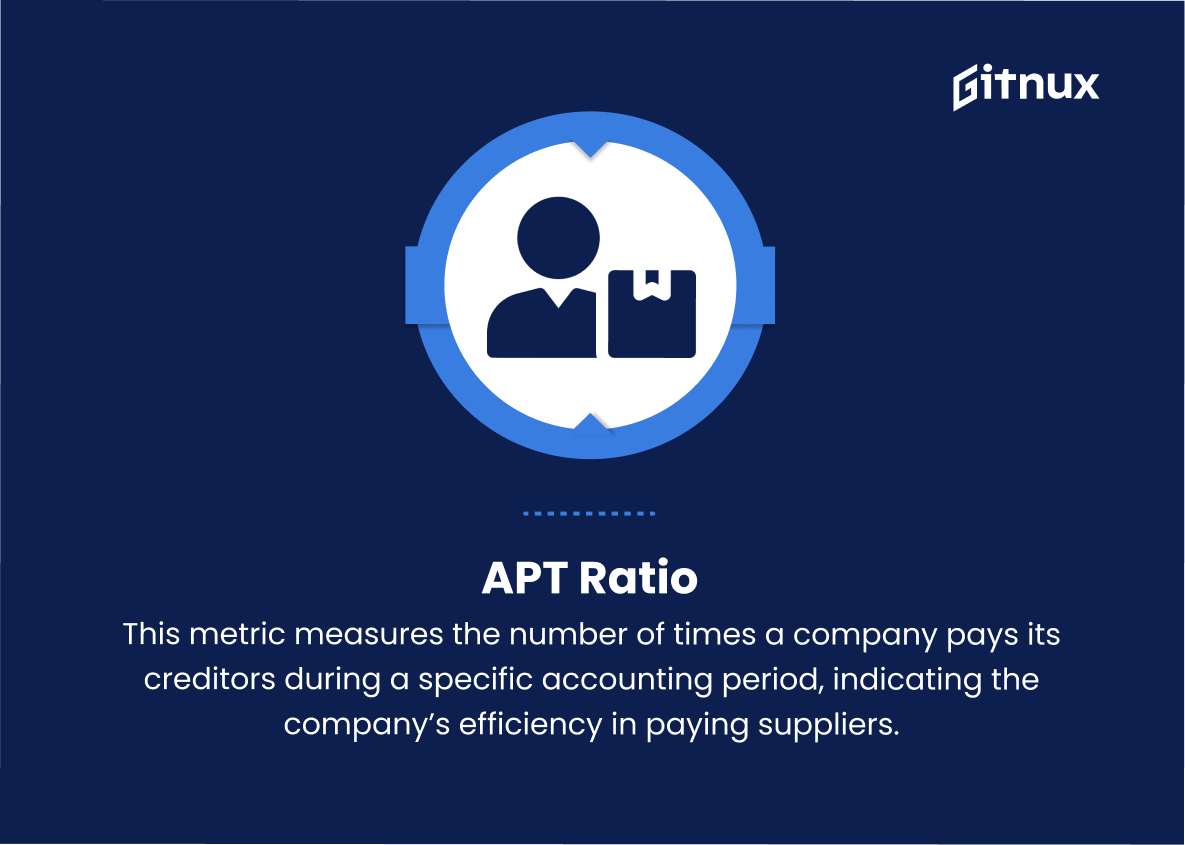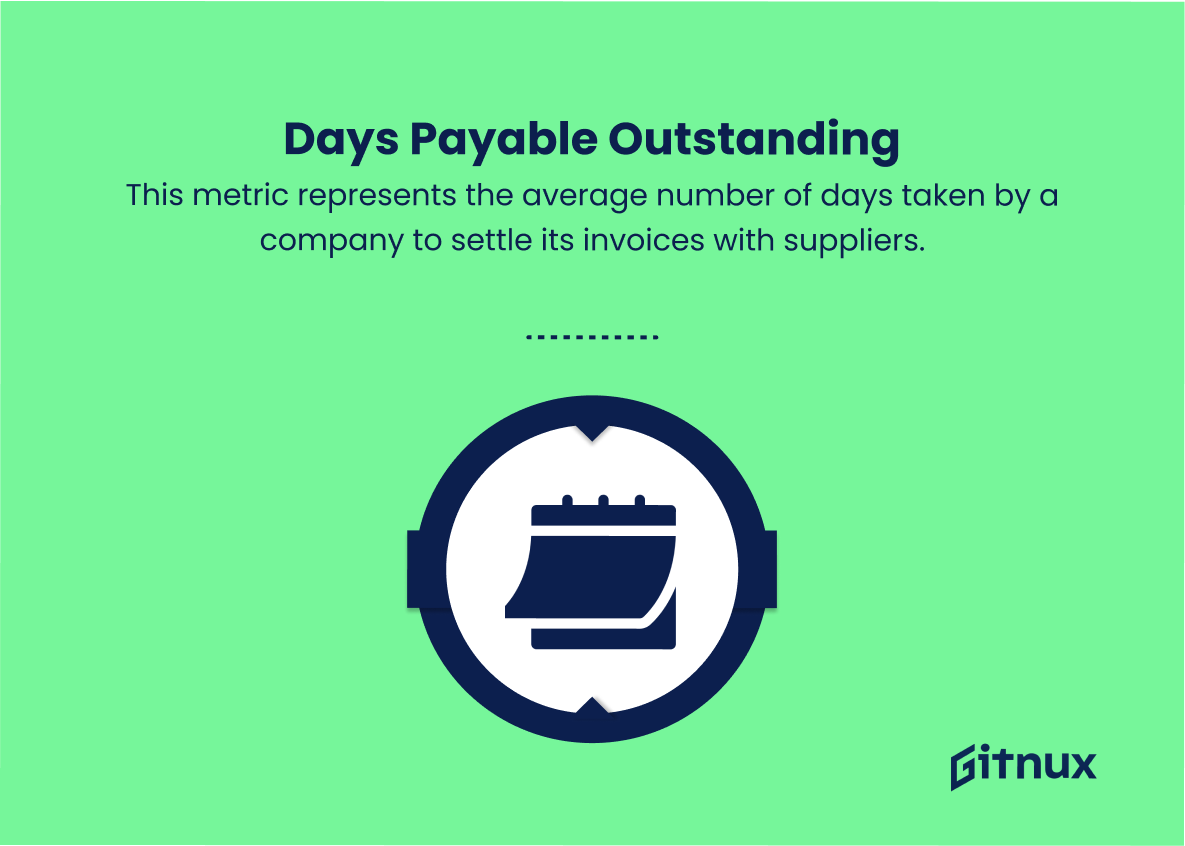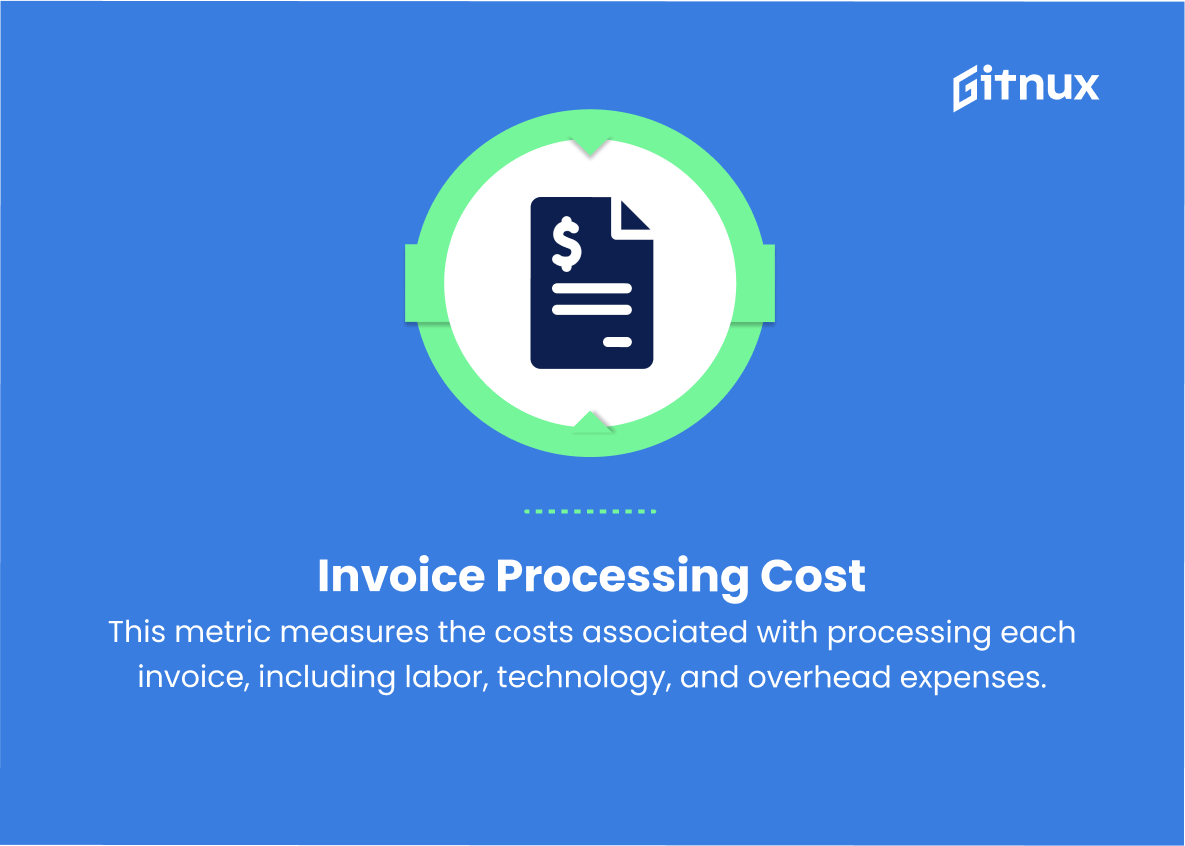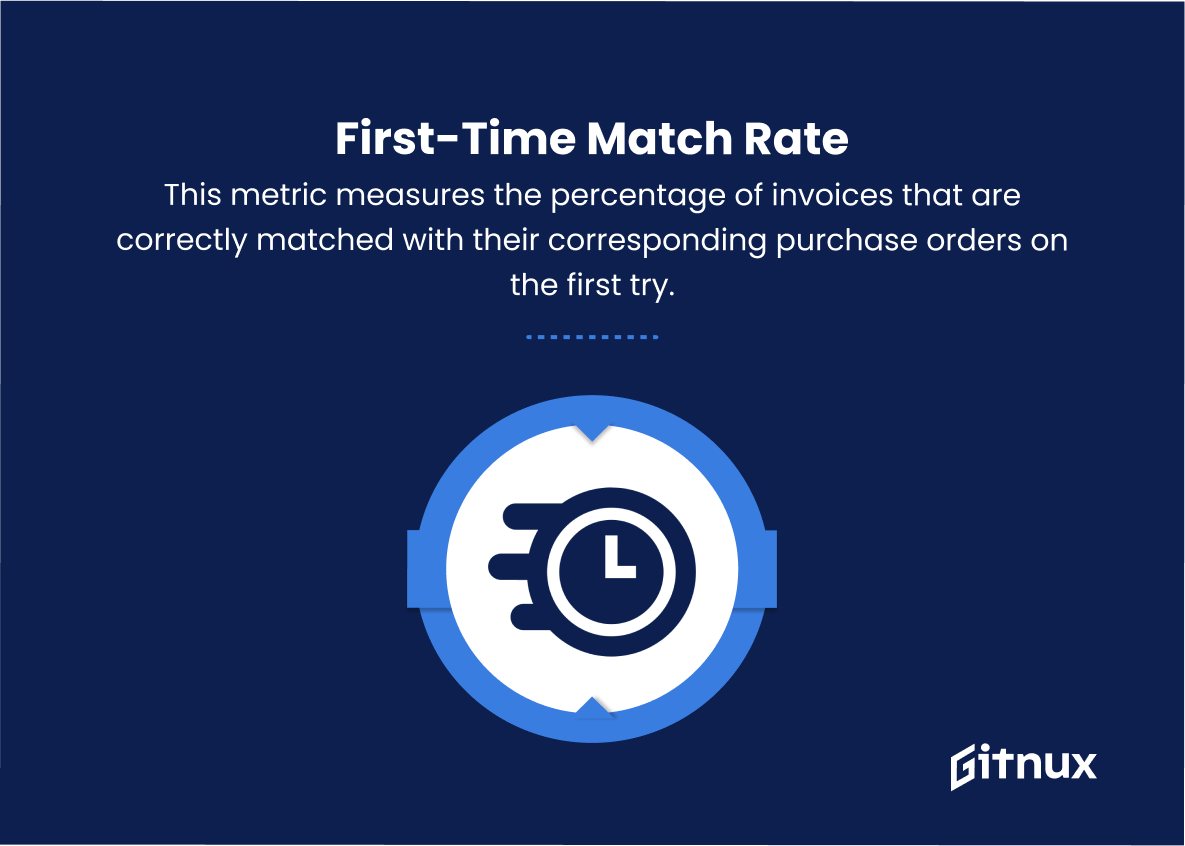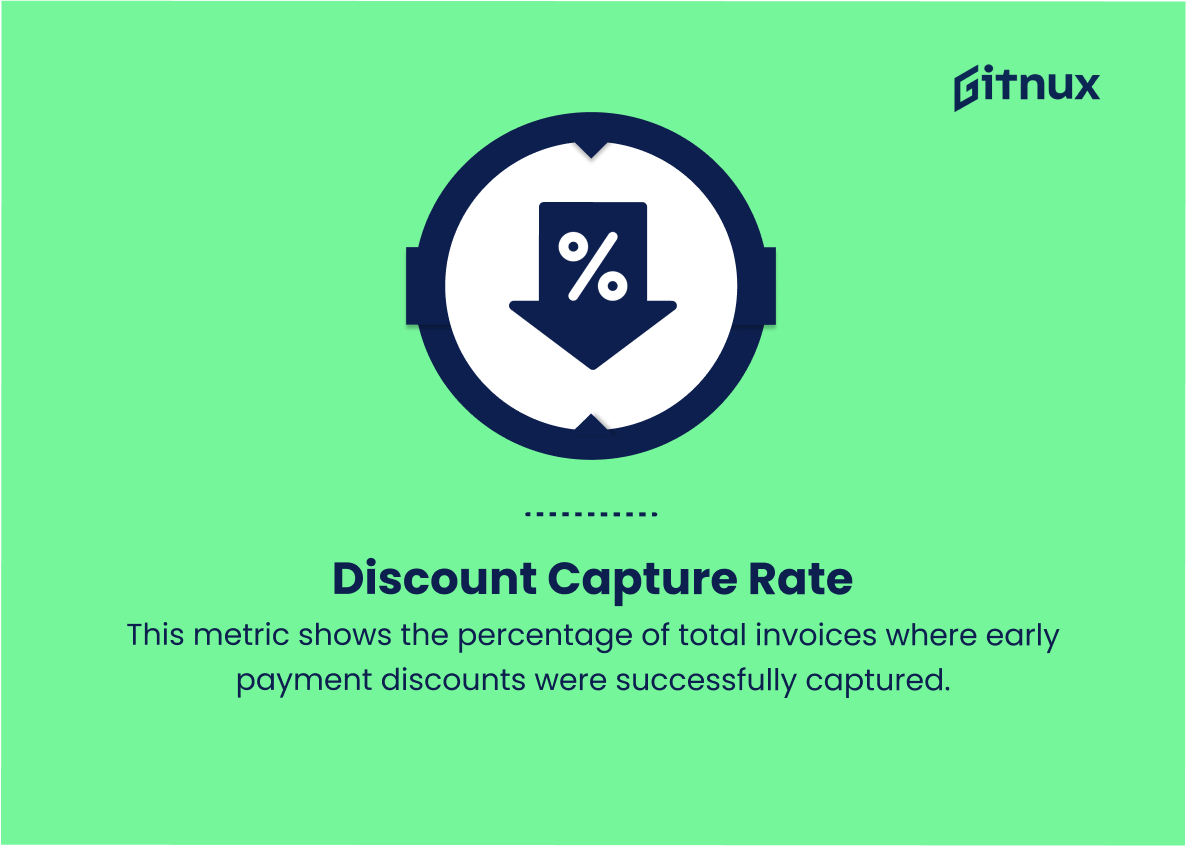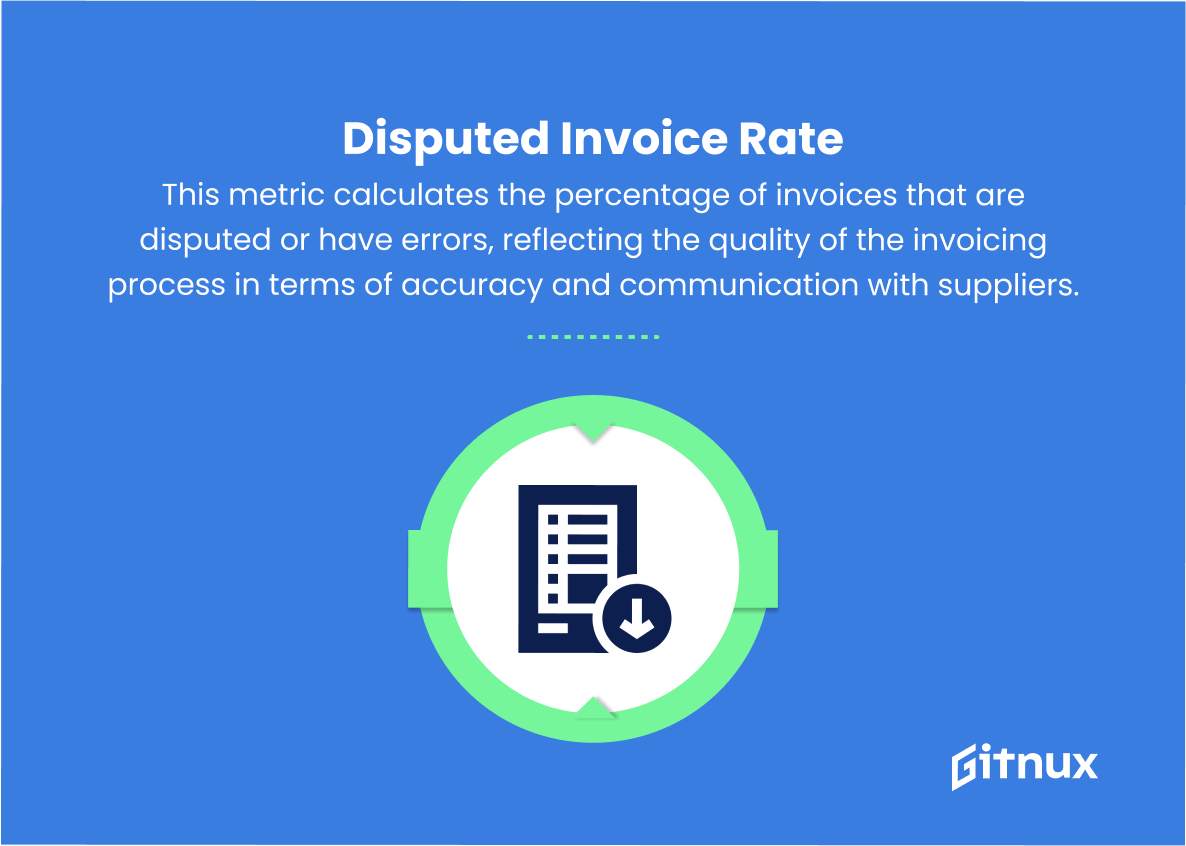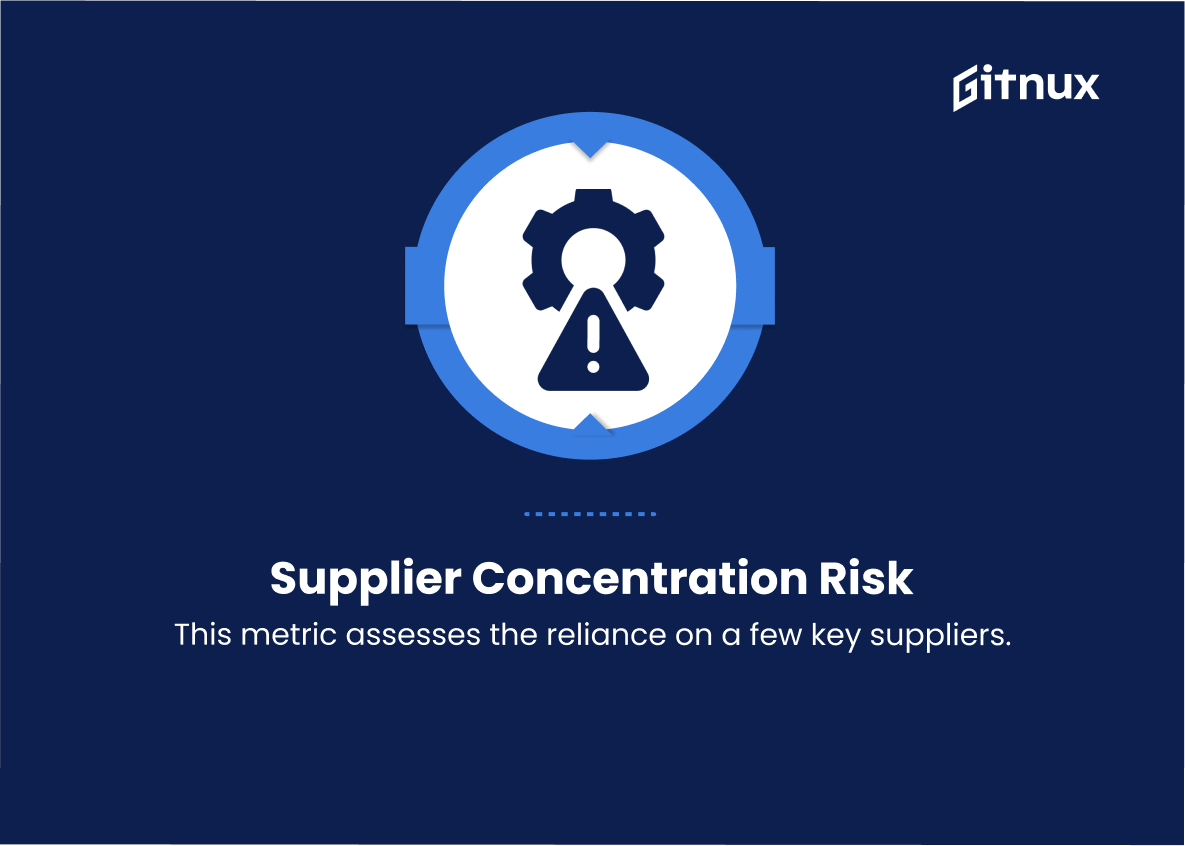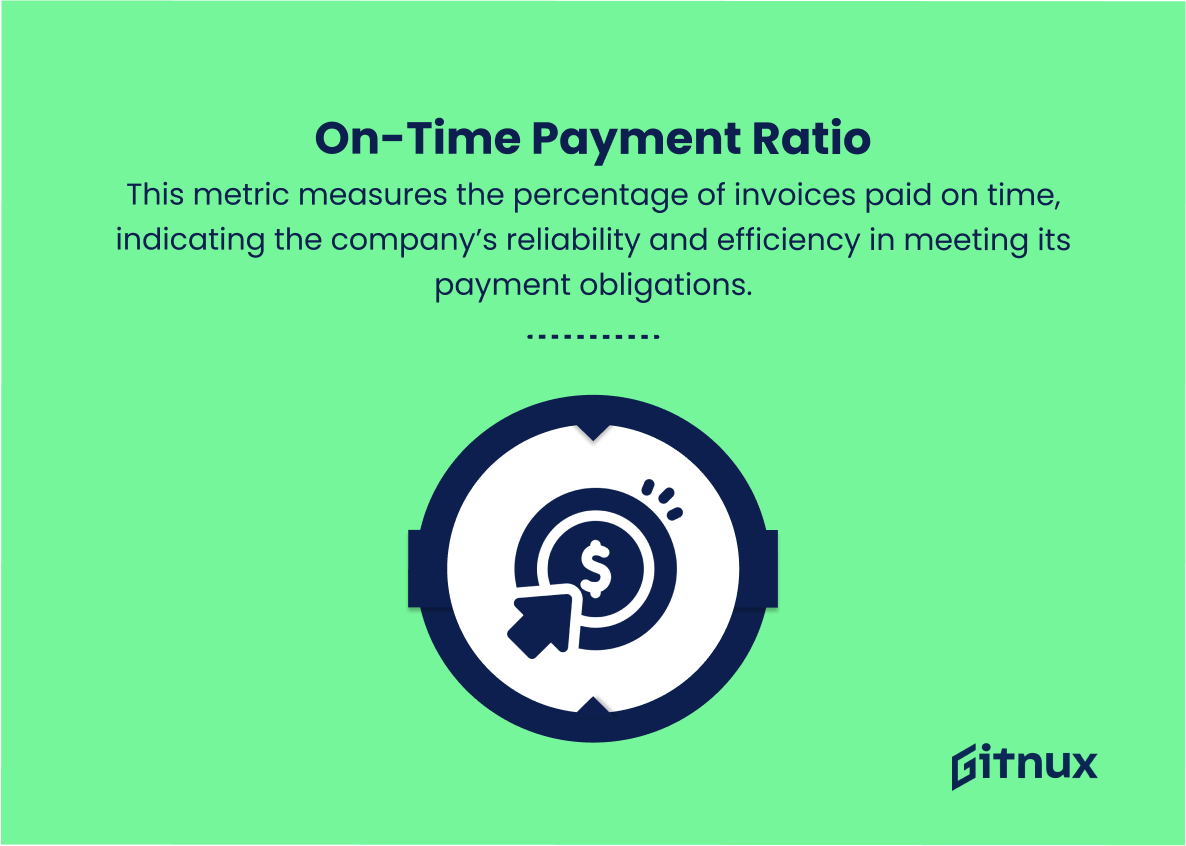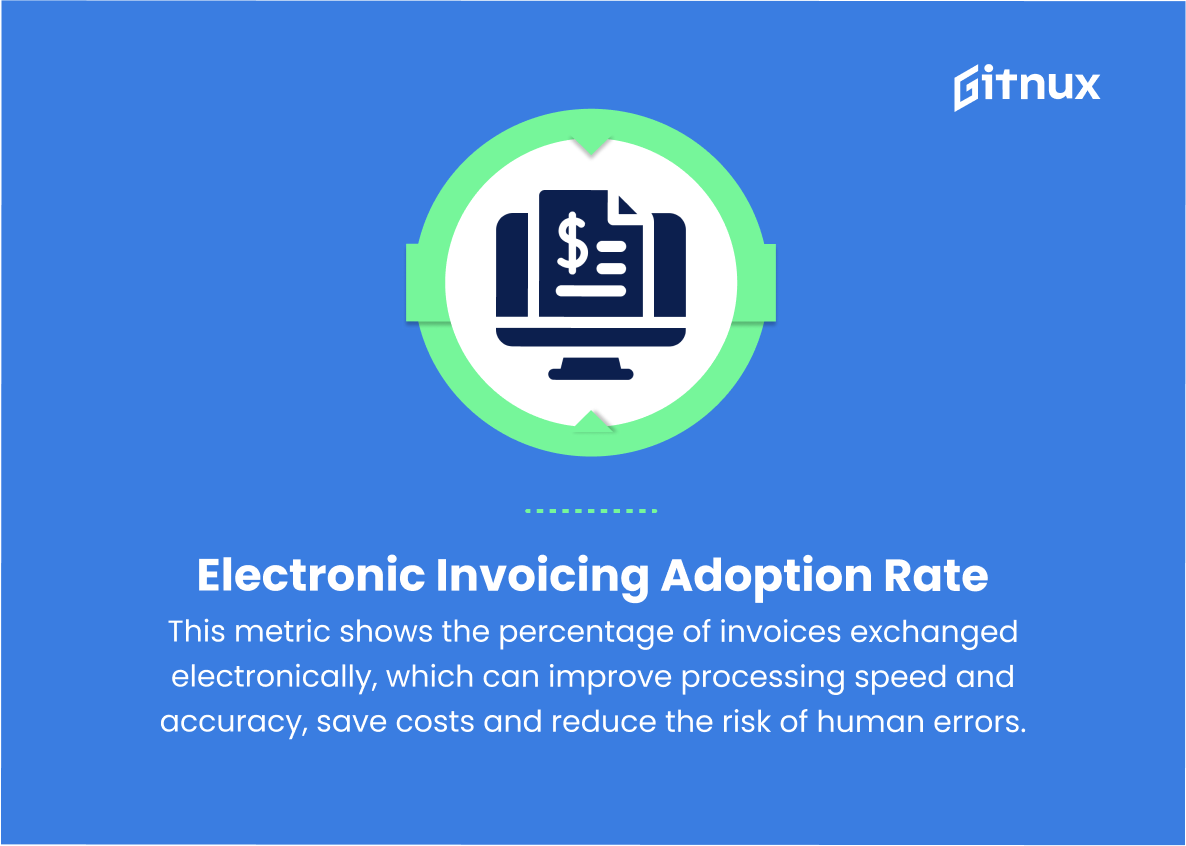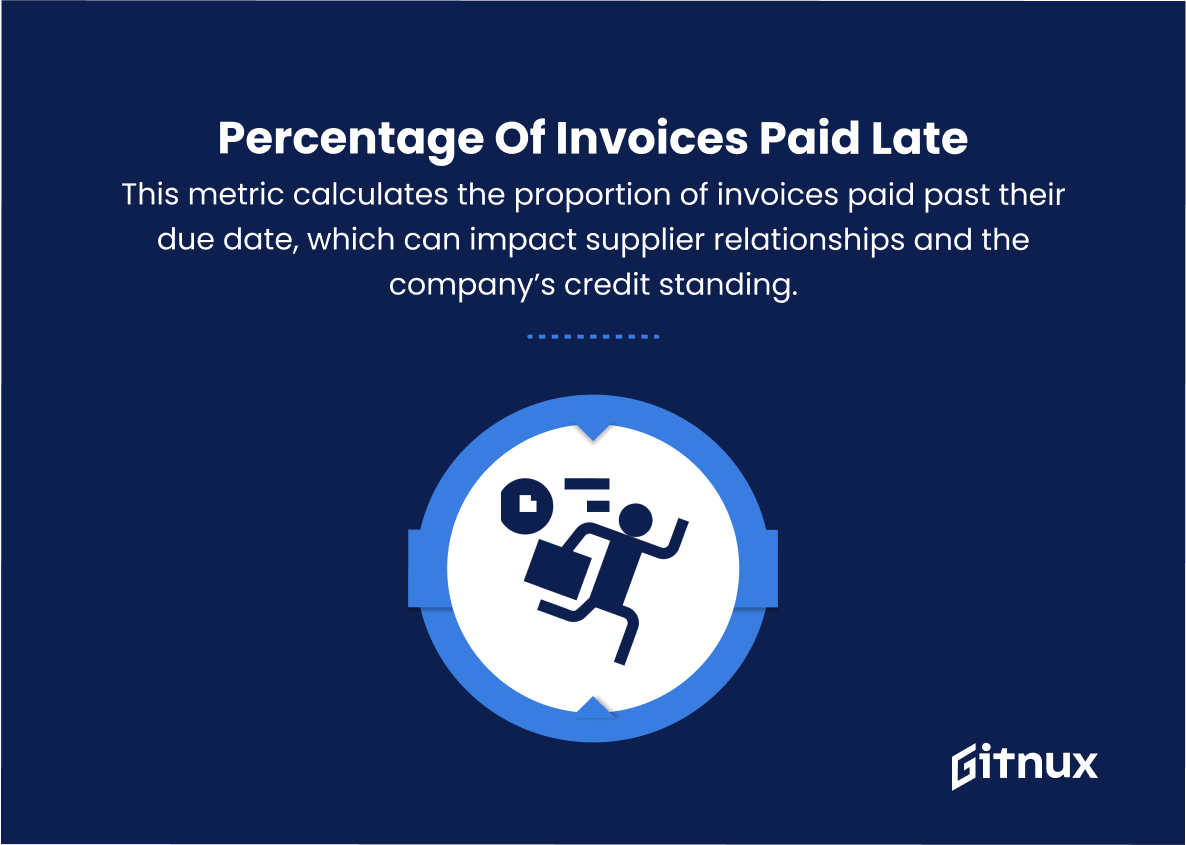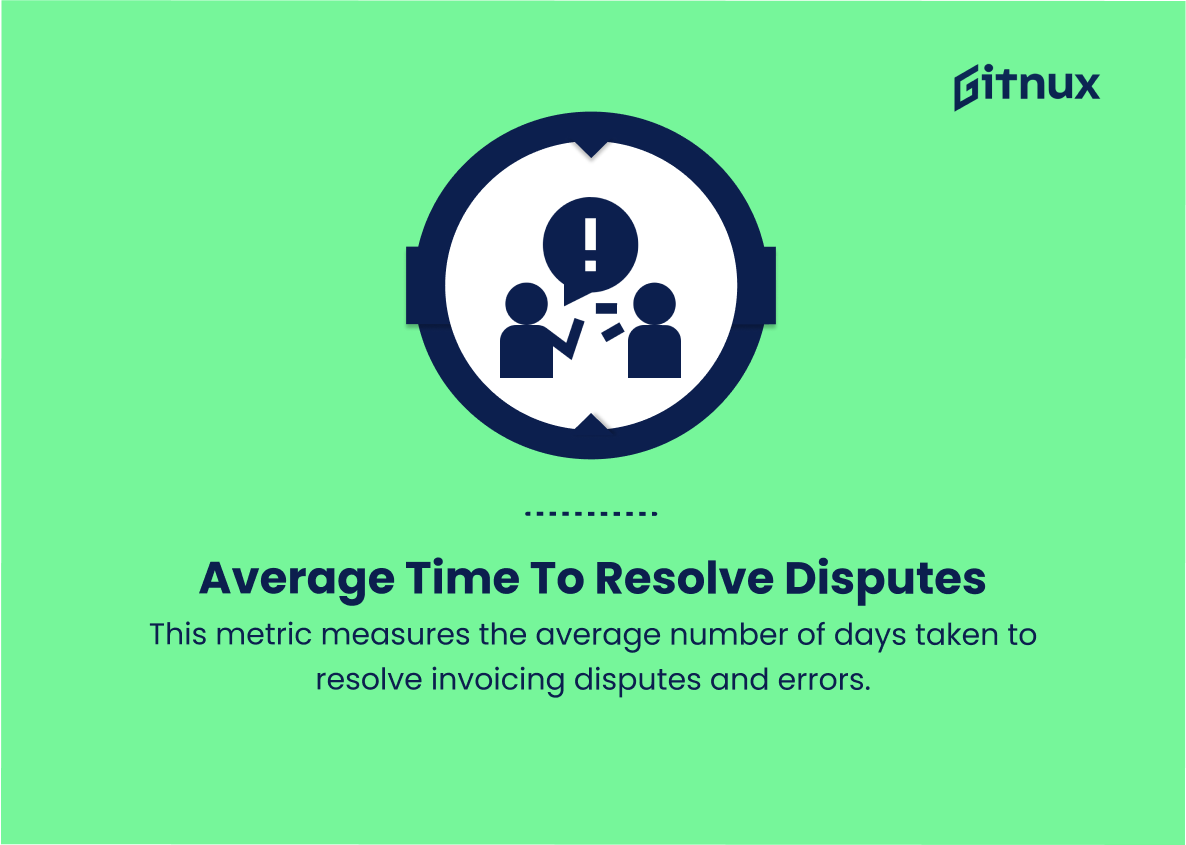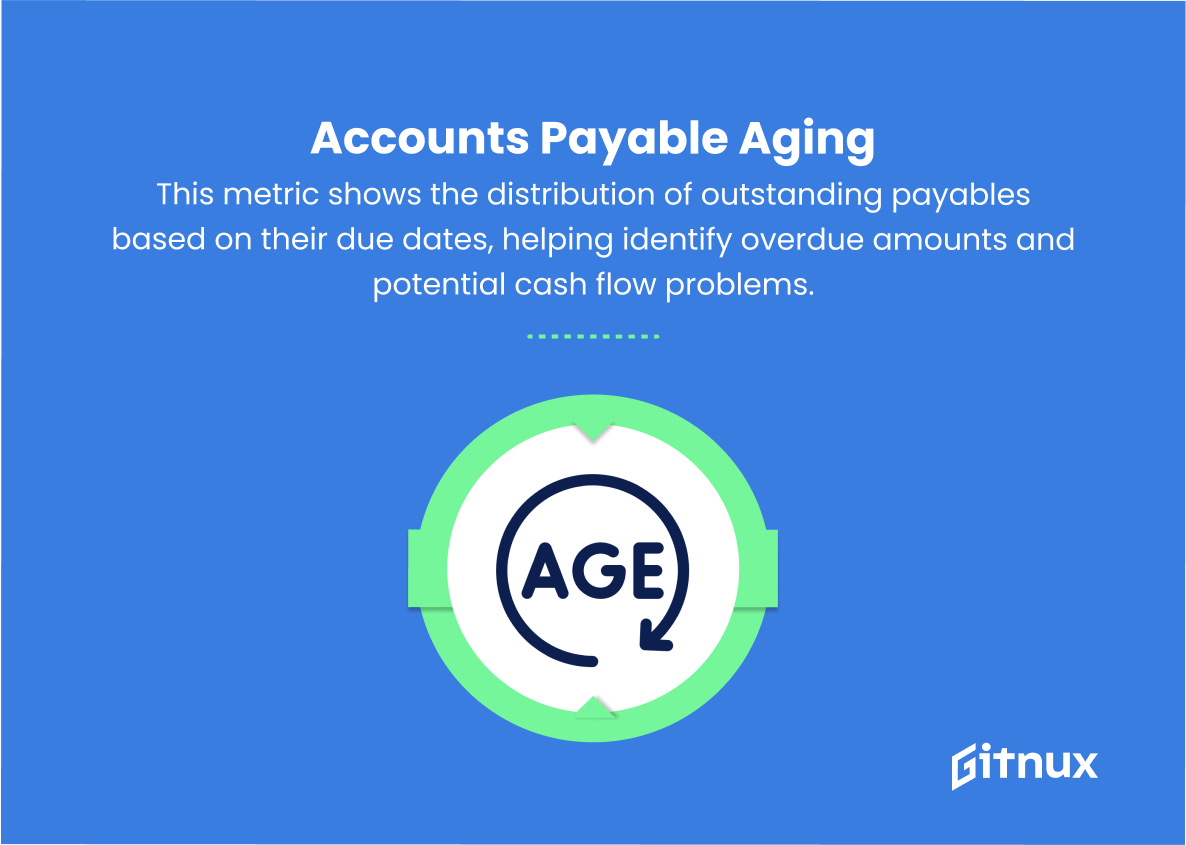In the fast-paced and increasingly complex world of finance and accounting, a crucial component in maintaining the financial health of a business lies in effectively managing the accounts payable process. Overlooking or underestimating the significance of accounts payable metrics can lead to serious financial consequences, delayed payments, damaged supplier relationships, and misallocation of resources. As decision-makers, it is imperative to have a clear understanding of the key performance indicators (KPIs) that effectively measure, analyze, and improve the efficiency of the accounts payable process.
In this blog post, we will delve into the most important accounts payable metrics that every organization should be tracking, to optimize their financial operations and gain valuable insights into their business performance. We aim to equip you with the knowledge that will enable you to implement a robust accounts payable strategy that takes your organization’s financial management to the next level.
Accounts Payable Metrics You Should Know
1. Accounts Payable Turnover (APT) Ratio
This metric measures the number of times a company pays its creditors during a specific accounting period, indicating the company’s efficiency in paying suppliers. Higher APT ratios show better performance in meeting short-term obligations.
2. Days Payable Outstanding (DPO)
This metric represents the average number of days taken by a company to settle its invoices with suppliers. A higher DPO indicates that a company takes longer to pay its creditors, which can improve cash flow but may also strain relationships with suppliers.
3. Invoice Processing Cost
This metric measures the costs associated with processing each invoice, including labor, technology, and overhead expenses. Lower processing costs indicate greater efficiency in the accounts payable process.
4. First-Time Match Rate
This metric measures the percentage of invoices that are correctly matched with their corresponding purchase orders on the first try. A higher first-time match rate indicates greater efficiency in the invoice approval process and fewer discrepancies to resolve.
5. Percentage of Invoices with Discounts Captured
This metric shows the percentage of total invoices where early payment discounts were successfully captured. It indicates the extent to which a company leverages discounts to reduce overall accounts payable expenses.
6. Disputed Invoice Rate
This metric calculates the percentage of invoices that are disputed or have errors, reflecting the quality of the invoicing process in terms of accuracy and communication with suppliers.
7. Supplier Concentration Risk
This metric assesses the reliance on a few key suppliers. A high concentration risk indicates dependence on a small number of suppliers, which may pose a threat to the supply chain and accounts payable management.
8. On-Time Payment Ratio
This metric measures the percentage of invoices paid on time, indicating the company’s reliability and efficiency in meeting its payment obligations.
9. Electronic Invoicing Adoption Rate
This metric shows the percentage of invoices exchanged electronically, which can improve processing speed and accuracy, save costs and reduce the risk of human errors.
10. Percentage of Invoices Paid Late
This metric calculates the proportion of invoices paid past their due date, which can impact supplier relationships and the company’s credit standing.
11. Average Time to Resolve Disputes
This metric measures the average number of days taken to resolve invoicing disputes and errors. A shorter resolution time indicates better communication channels and faster problem-solving abilities.
12. Accounts Payable Aging
This metric shows the distribution of outstanding payables based on their due dates, helping identify overdue amounts and potential cash flow problems.
Accounts Payable Metrics Explained
Accounts payable metrics are crucial in evaluating a company’s financial health, efficiency, and relationships with suppliers. The Accounts Payable Turnover (APT) Ratio measures the efficiency in paying suppliers, while Days Payable Outstanding (DPO) indicates the company’s cash flow management and supplier relationship status. Invoice Processing Cost reflects the efficiency of the accounts payable process, while the First-Time Match Rate and Disputed Invoice Rate measure the quality of the invoicing and approval process.
The Percentage of Invoices with Discounts Captured highlights cost-saving opportunities, while the Supplier Concentration Risk assesses the potential threat to the supply chain. On-Time Payment Ratio and Percentage of Invoices Paid Late demonstrate the company’s reliability and potential credit standing. Electronic Invoicing Adoption Rate promotes accuracy, cost savings, and faster transactions.
Average Time to Resolve Disputes and Accounts Payable Aging provide insights into the effectiveness of communication channels and potential cash flow issues. Monitoring these metrics allows companies to optimize their accounts payable management and maintain strong supplier relationships.
Conclusion
In conclusion, Accounts Payable metrics play an indispensable role in the overall financial health of an organization. By continuously tracking and analyzing these metrics, companies can identify opportunities for improvement, streamline their processes, and ultimately, optimize their cash flow. Furthermore, by maintaining accurate and efficient accounts payable practices, organizations not only strengthen their relationships with suppliers but also maintain a strong reputation in the market.
As businesses grow and evolve, it becomes crucial to have a firm understanding of your accounts payable performance and take strategic steps to adapt to ever-changing economic environments. Keep a close eye on these metrics, while staying adaptable and proactive, to ensure long-term financial stability and success for your company.
